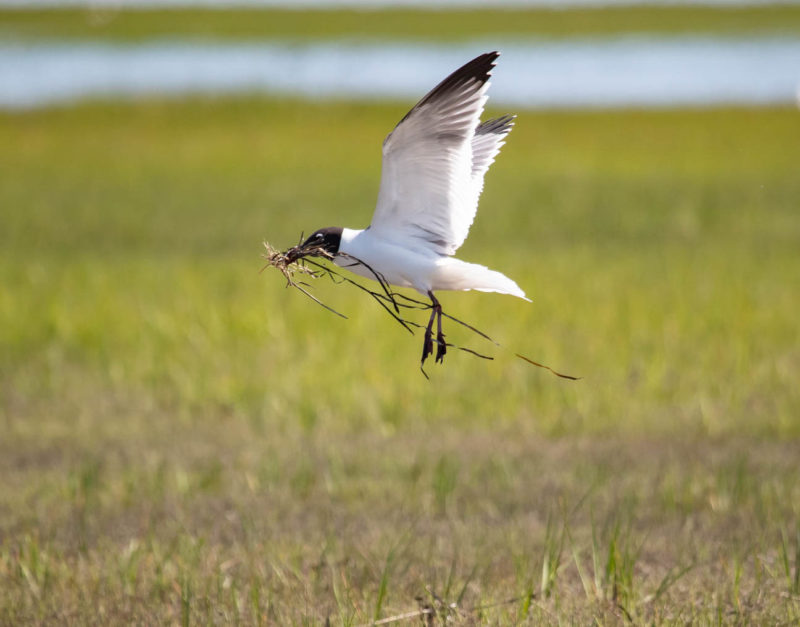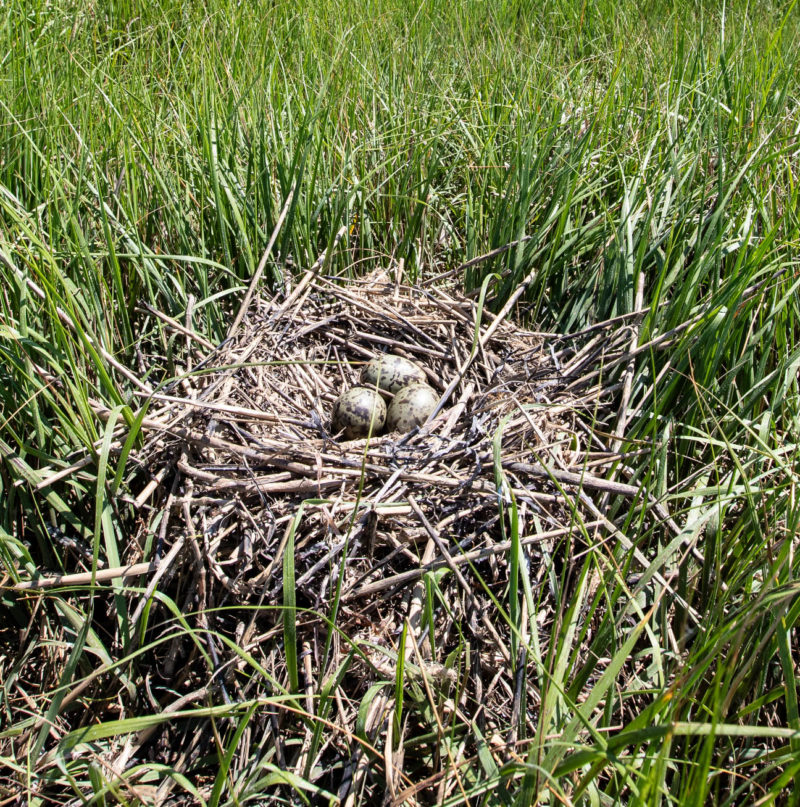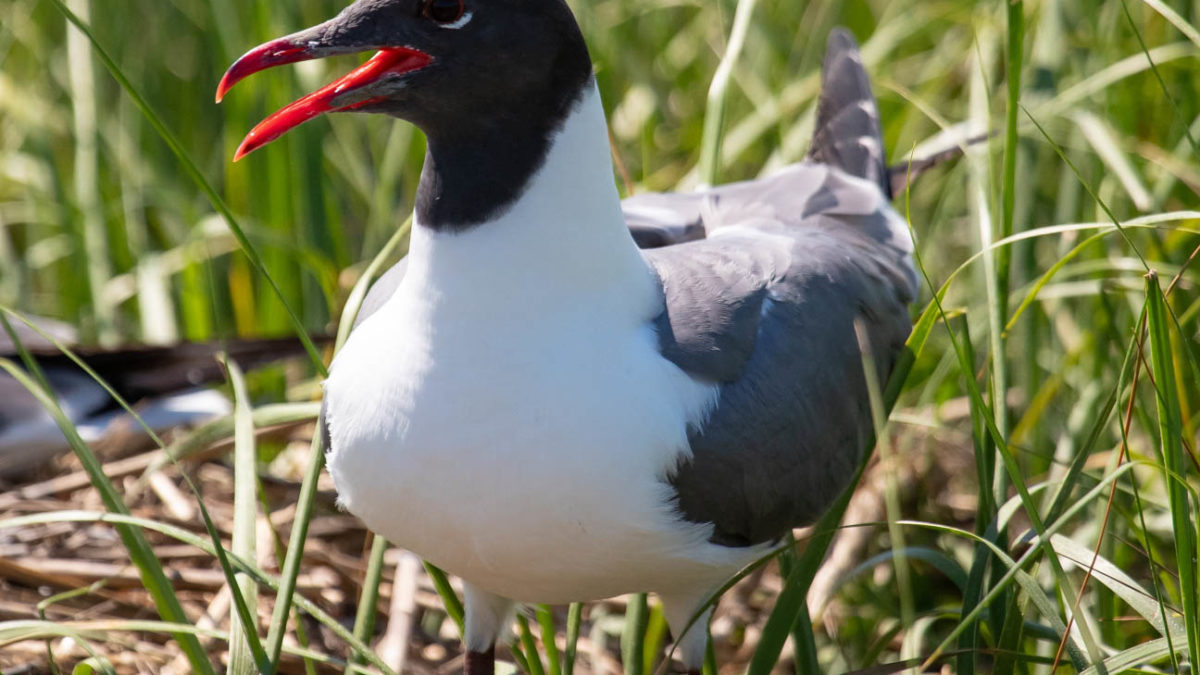Laughing gulls continue to lose ground

Woodpecker recovery within Piney Grove Preserve: A retrospective
September 29, 2023
Yellow-crowned night-herons thrive along the Lafayette River
October 3, 2023By: Bryan Watts
9/29/23
Along the Atlantic coast there are few sounds that mark the coming of spring as much as the raucous calls of laughing gulls. There is nothing shy or demure about a laughing gull. As they return from winter grounds in Central America, they are first heard over recently plowed farm fields or in McDonald’s parking lots begging for french fries from customers. Laughing gulls have been part of the culture of the Eastern Shore of Virginia for hundreds of years. They nested in such dense colonies that residents arranged egg-collecting forays into the marshes in late spring. Some of the marsh islands still bear their name like Gull Marsh, Egging Marsh or Big Easter.
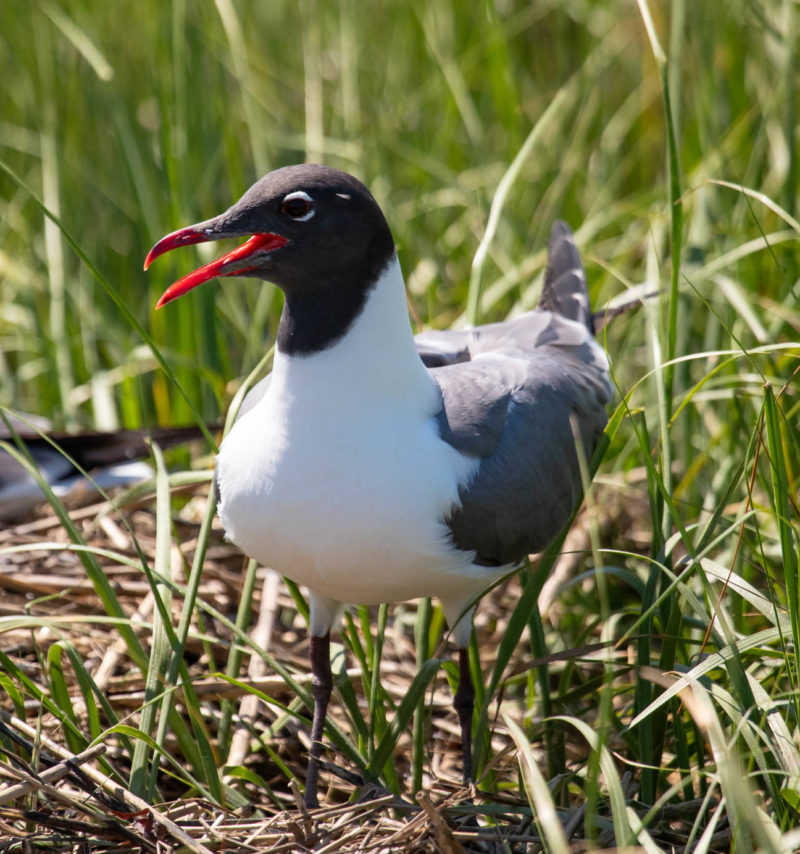
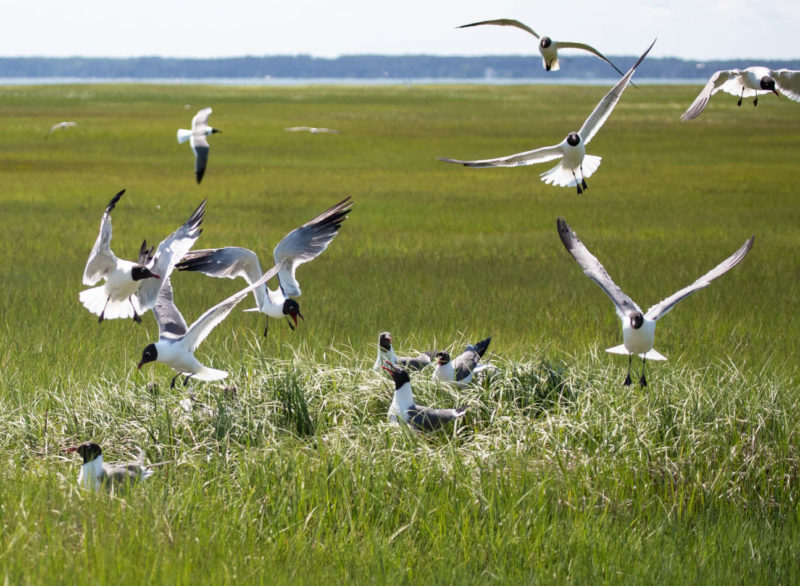
As far back as we have records, laughing gulls have been the most numerous colonially nesting waterbird in Virginia. Over recent decades laughing gulls are losing ground in the state and the colonies that once covered many marshes have collapsed. Since the 1993 survey, laughing gulls nesting in marshes south of Wallops Island have declined by more than 90 percent. Although some birds have moved to higher ground on the barrier islands, the overall population in Virginia has declined dramatically.
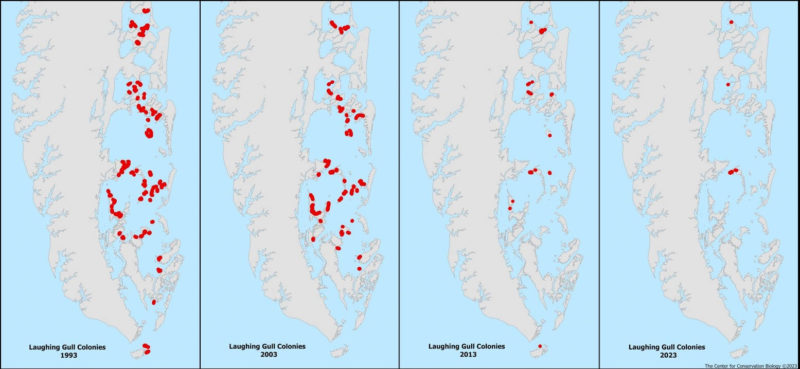
Rising sea level and the increased frequency of inundation during high tides appears to have made the historic nesting marshes unusable. Laughing gulls now only nest on the very highest spots in the higher marshes. Although they are adjusting nest height and placing nests on the higher vegetation, their options for relief in the lower marshes appear to have run out. The current pattern suggests that over time laughing gulls will be excluded from their traditional nesting grounds. Laughing gulls are one of the more visible species that depend on theses marshes. Other species such as seaside sparrows, saltmarsh sparrows, willets, American black ducks and clapper rails are likely experiencing the same pressures from sea-level rise.
